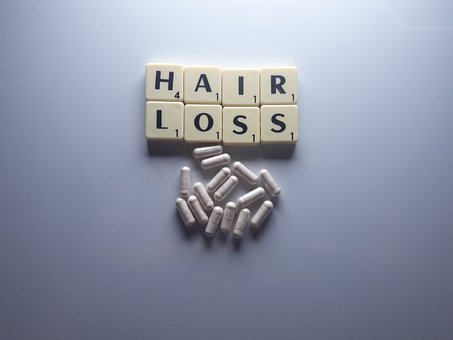Are you dealing with thinning hair or recurring hair loss on your fringe and crown/scalp areas? If so, the chances are that you’re suffering from female pattern hair loss.
In this blog, we’re uncovering the facts regarding female pattern hair loss, also known as alopecia. According to the American Academy of Dermatology, around 40% of women in the US experience visible hair loss by the age of forty.
FPHL is near the top of the list when it comes to the prevalence of hair loss diseases. Most women notice the condition during their 50s, but it can happen at any age.
What is Female Pattern Hair Loss?
During the pattern baldness phase, hair growth tends to slow down, and new follicles take time to develop and grow hair roots—causing shrinkage in the follicles and thinning hair. Losing up to 100 strands of hair is natural, but you lose a lot more with female pattern baldness.
There are three clinically graded stages of alopecia disorder in women:
Grade 1: The hair begins to lose its shine, strength, and natural moisture. Your crown feels lighter and considerably less voluminous.
Grade 2: Hair begins to fall out from the scalp crown, and you’re able to notice definite hair loss
Grade 3: The crown area becomes completely bald, and the receding hairline becomes fairly visible.
Prevalence of Female Pattern Baldness: Types and Causes
Suffering from hair loss is devastating and takes a massive toll on your emotional and physical well-being. But you’re not alone. Alopecia is very common—you can develop the issue right after hitting menopause or even as early in your teenage years.
When you’re young, 90% of the hair on your scalp is in a growing phase. Your age, genetics, medical history, and lifestyle influence the life cycle of your hair follicles. Your hair growth comprises three stages—anagen, catagen, and telogen. And alopecia can occur at any time, regardless of the growth phase.
We’ve mentioned different types of female pattern baldness below that’ll help you understand the reasons behind the disorder and their intensity:
Involutional Alopecia: You necessarily don’t shed hair when suffering from hair loss. In this situation, your hair growth slows down, and your hair feels shorter.
Alopecia Areata: A prevalent condition in young girls, alopecia areata can cause complete baldness but is also 90% reversible. The hair grows back in a few years.
Telogen Effluvium: A temporary condition that causes hair thinning on the crown and fringe area followed by slow growth and follicle shrinkage.
Androgenic Alopecia: Common in both men and women, this condition leads to hair loss, starting as early as in your 20s in men, while female baldness may not show any signs until the age of forty.
Self-Care Tips
If you’re suffering from female pattern baldness, use these tips to overcome your insecurity and to feel beautiful in your way!
- Avoid constant emphasis on your physical appearance as it leads to a negative psychological impact.
- Moderate baldness problems can be solved with creative hairstyling weaving and adequate hair accessories.
- Enhance your appearance and self-confidence by consulting your dermatologist about hair loss treatments.
Seek Professional Assistance
Our experts at Delaware Micropigmentation in Wilmington can help you achieve a natural and realistic look with women’s scalp micropigmentation procedures. Please have a look at the results of our life-transforming hair loss treatments and get in touch to book an appointment right away!

